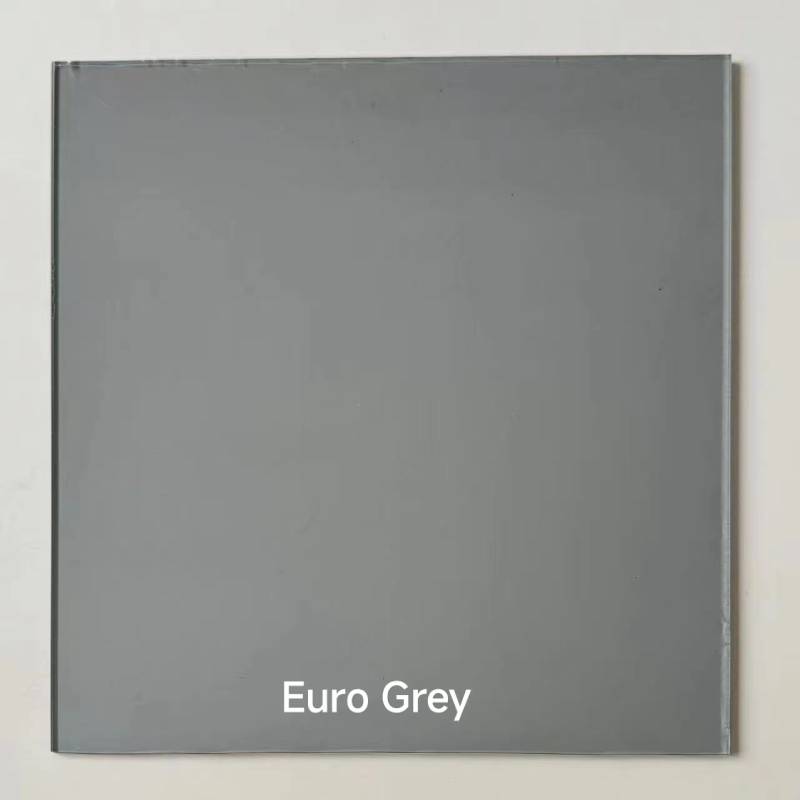

Understanding Low-E Safety Glass A Comprehensive Overview
In recent years, the demand for energy-efficient building materials has surged, leading to innovative solutions in the construction industry. One such advancement is the development of low emissivity (Low-E) safety glass. This type of glass not only enhances energy efficiency but also prioritizes safety, making it an ideal choice for modern architecture. This article will explore the characteristics, benefits, and applications of Low-E safety glass.
What is Low-E Glass?
Low-E glass is a type of insulated glass coated with a thin layer of metal or metallic oxide that reflects infrared radiation while allowing visible light to pass through. The primary purpose of Low-E glass is to reduce heat transfer, effectively keeping buildings cooler in the summer and warmer in the winter. By minimizing the use of heating and cooling systems, Low-E glass contributes significantly to energy savings, leading to lower utility bills and a reduced carbon footprint.
The Safety Aspect
Safety glass is designed to withstand impact and minimize injuries in case of breakage. It typically comes in two forms tempered glass and laminated glass. Tempered glass undergoes a toughening process that makes it four to five times stronger than standard glass, while laminated glass consists of two or more layers of glass bonded together with an interlayer that holds the shards in place if broken. Combining the properties of Low-E glass with safety glass ensures that buildings are not only energy efficient but also secure for their occupants.
Benefits of Low-E Safety Glass
1. Energy Efficiency The primary advantage of Low-E safety glass is its energy efficiency. The glass minimizes heat loss during colder months and keeps interiors cool in warmer months. This efficiency reduces the reliance on HVAC systems, promoting sustainability in building design.
2. UV Protection Low-E coatings filter out harmful ultraviolet (UV) rays, protecting interiors from sun damage. This capability helps to preserve furnishings, artwork, and flooring from fading over time, enhancing the longevity of these investments.
3. Improved Comfort By maintaining consistent indoor temperatures and minimizing glare, Low-E safety glass creates more comfortable living and working environments. This improvement in comfort can enhance productivity and overall quality of life.

4. Safety and Security In addition to its energy-efficient properties, Low-E safety glass provides a strong defense against potential accidents and break-ins. The durability of tempered and laminated variants reduces the risk of injury from shattering and deters criminal activity.
5. Aesthetic Appeal Low-E safety glass is available in various styles and can be customized to fit different architectural needs. It allows natural light to permeate indoor spaces while maintaining a sleek and modern aesthetic.
Applications of Low-E Safety Glass
Low-E safety glass is versatile and can be used in a wide range of applications. It is commonly found in residential and commercial buildings, including
- Windows and Skylights High-performance Low-E safety glass is ideal for large windows and skylights where natural light is desired without sacrificing energy efficiency or safety.
- Curtain Walls In commercial buildings, Low-E safety glass is often used in curtain wall systems. These systems feature extensive glass façades that benefit from the thermal properties of Low-E glass while enhancing the building’s exterior.
- Doors and Partitions Low-E safety glass can be utilized in doors and interior partitions, providing visual separation while allowing light to flow freely throughout spaces.
Conclusion
Low-E safety glass represents a significant advancement in building materials, offering a combination of energy efficiency, safety, and aesthetic appeal. As the construction industry increasingly prioritizes sustainable practices, Low-E safety glass is poised to play a crucial role in shaping the future of architecture. By incorporating this innovative material, builders and architects can create environments that are not only energy-efficient but also safe and visually appealing. This holistic approach to design is essential for creating buildings that meet the needs of today while considering the demands of tomorrow.